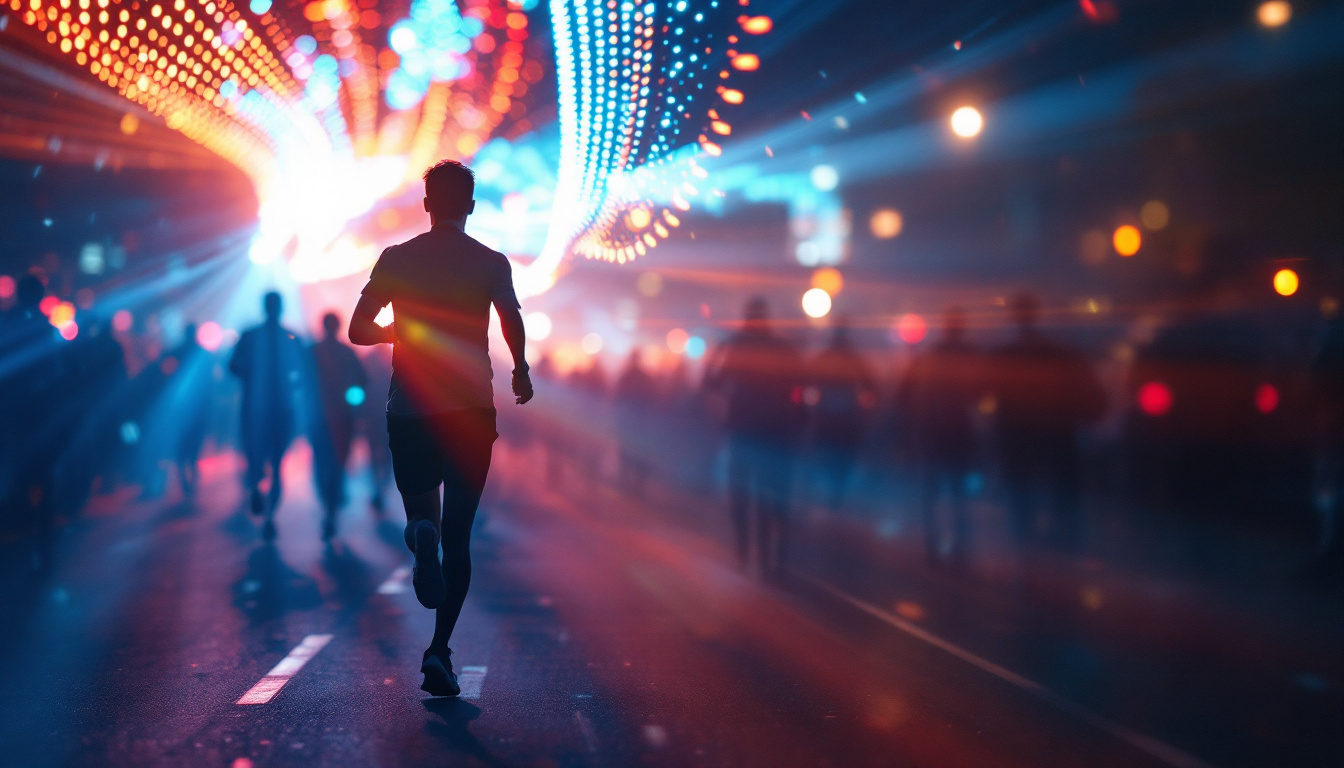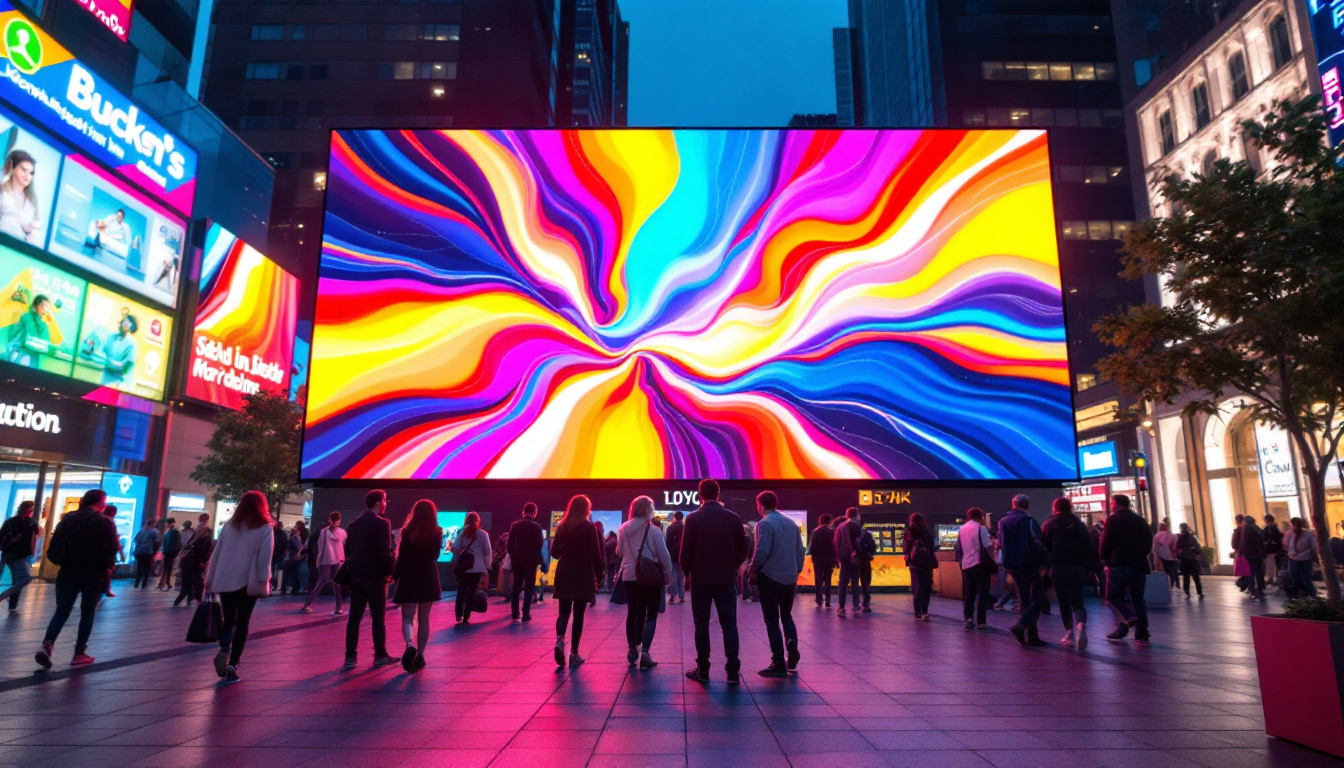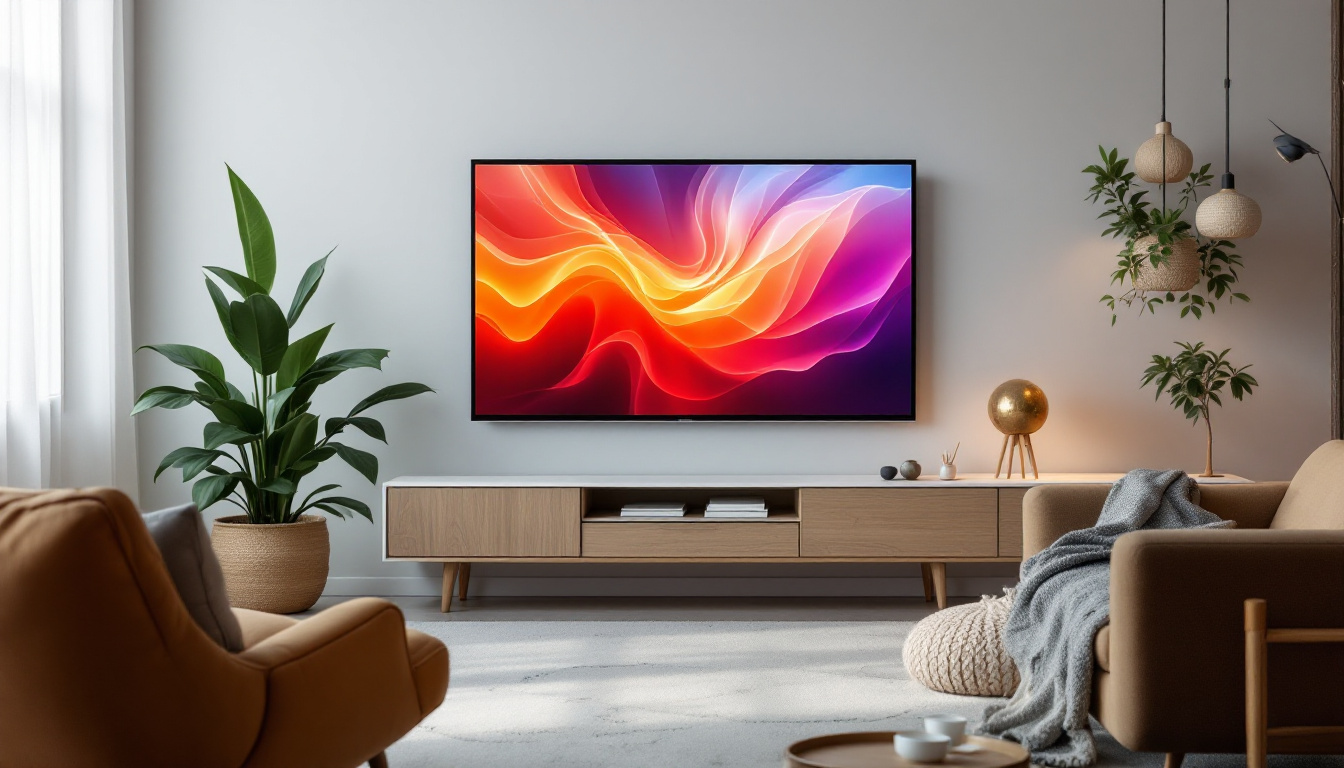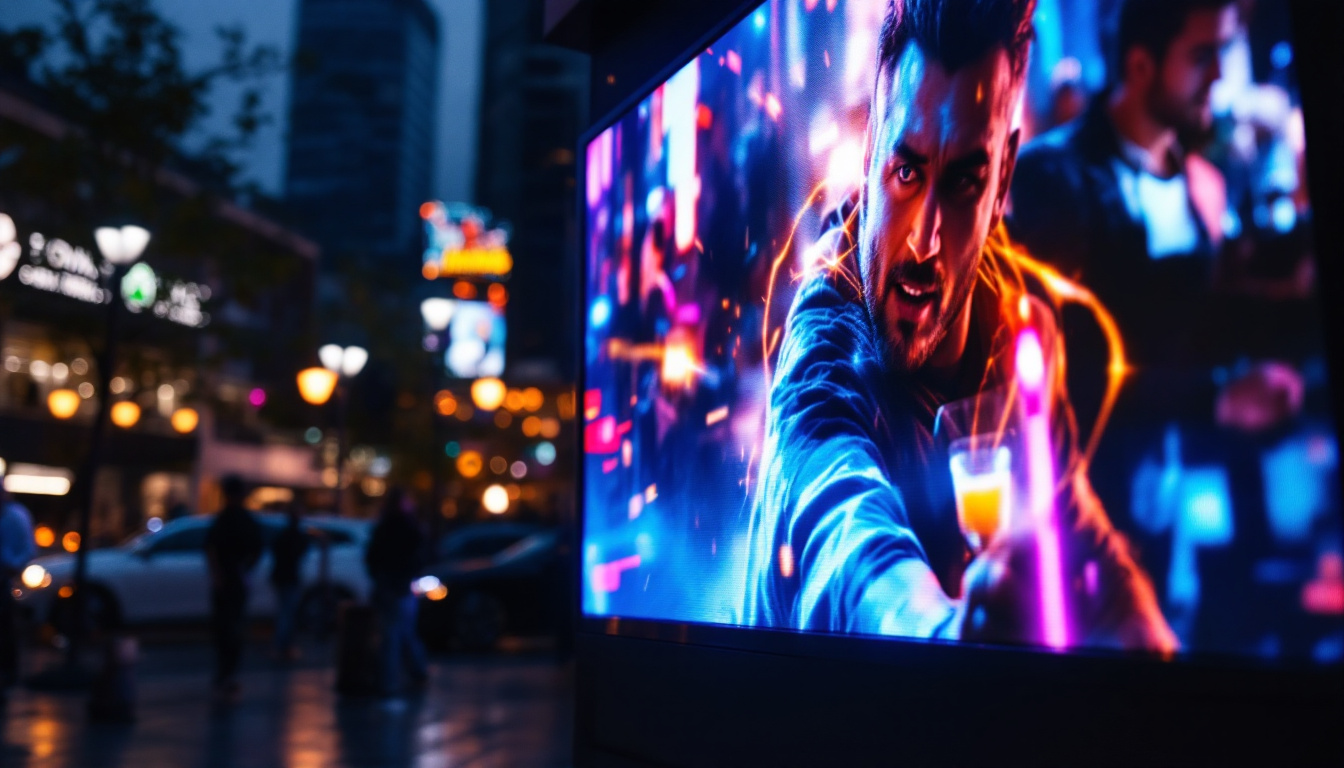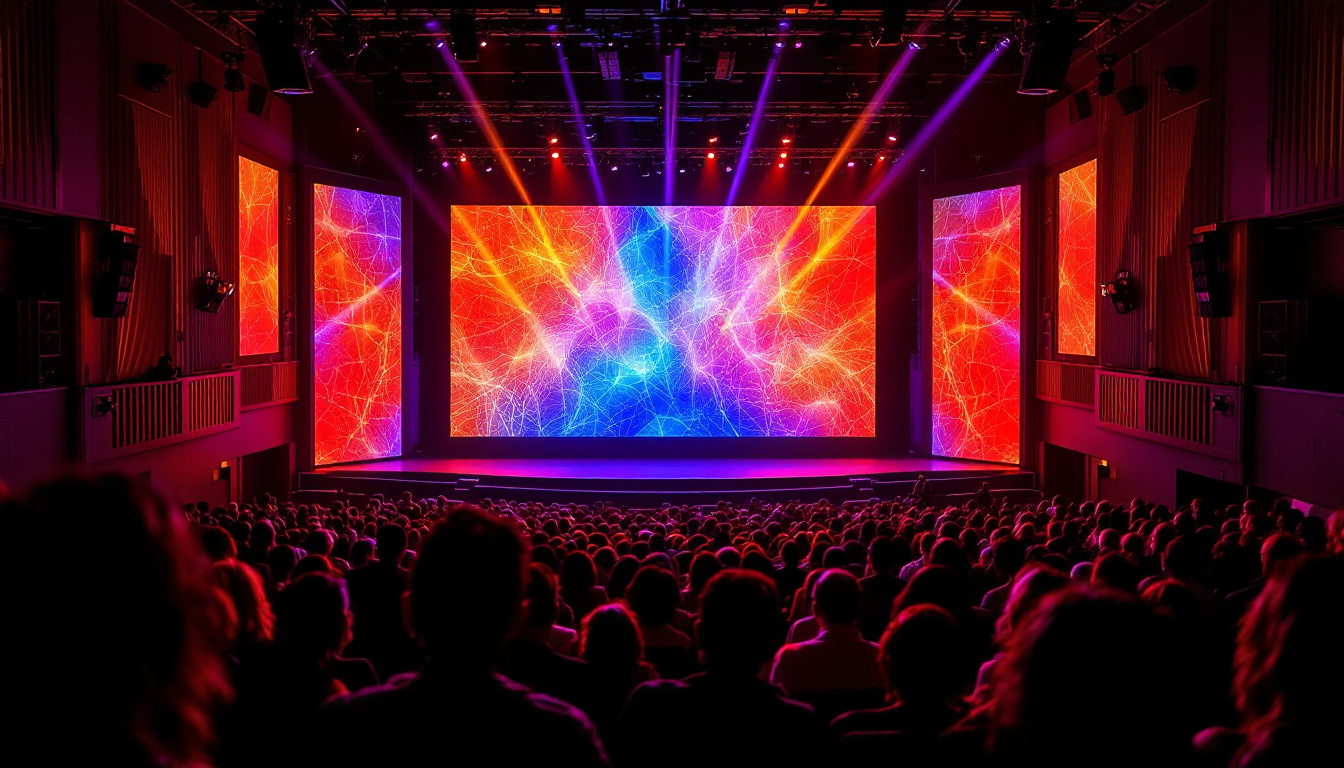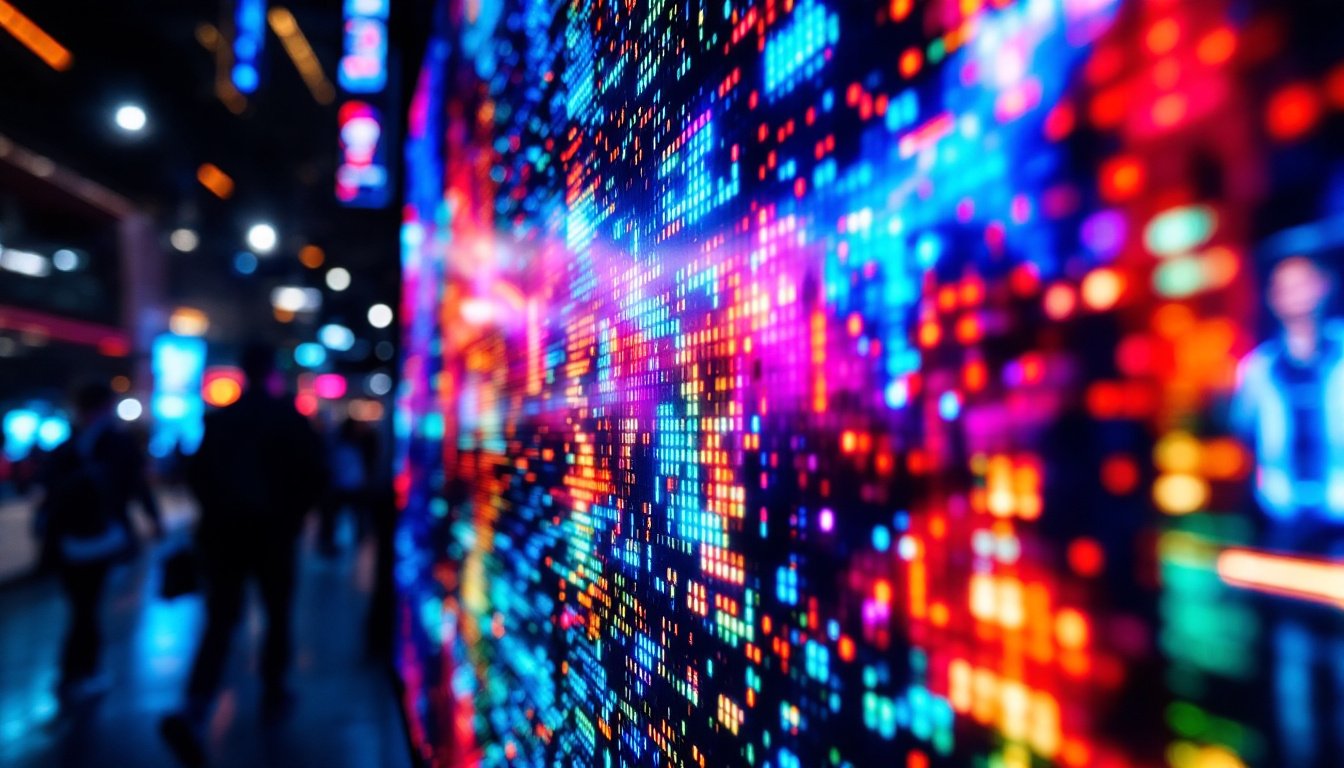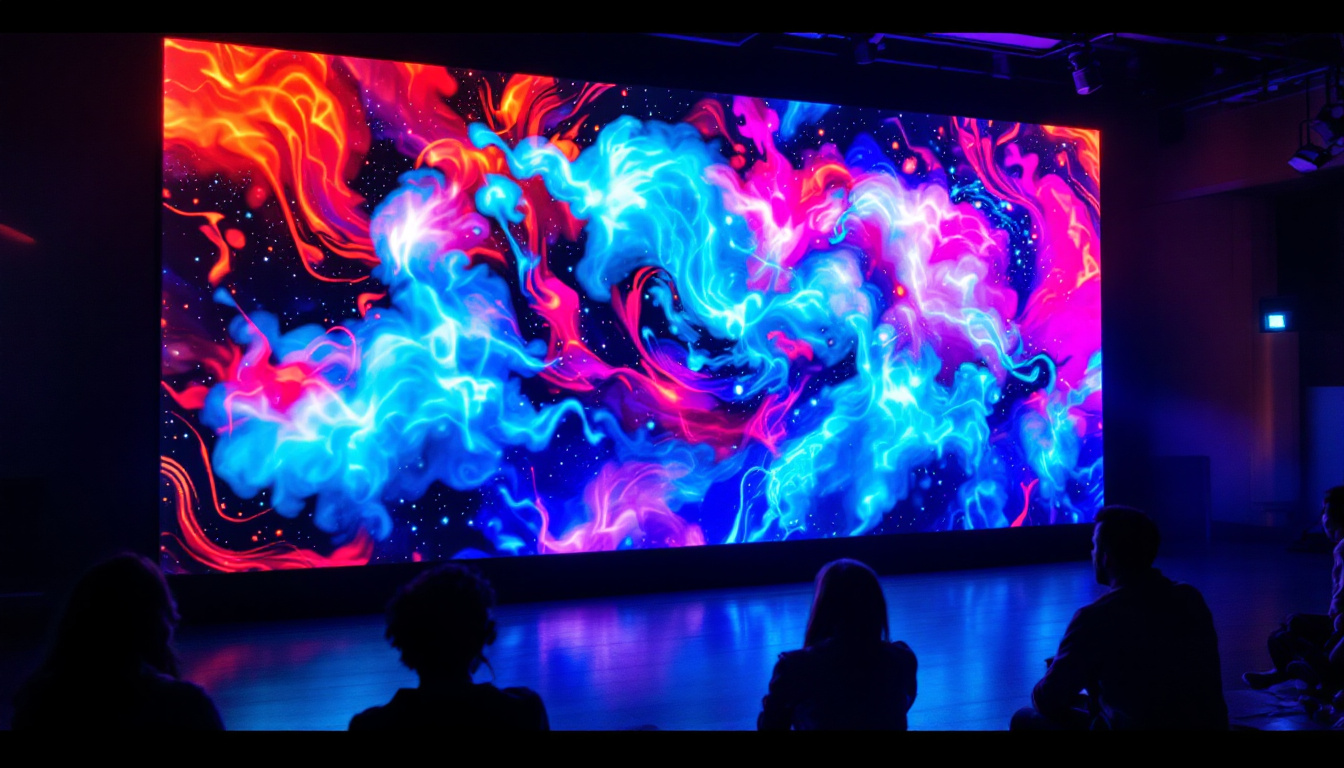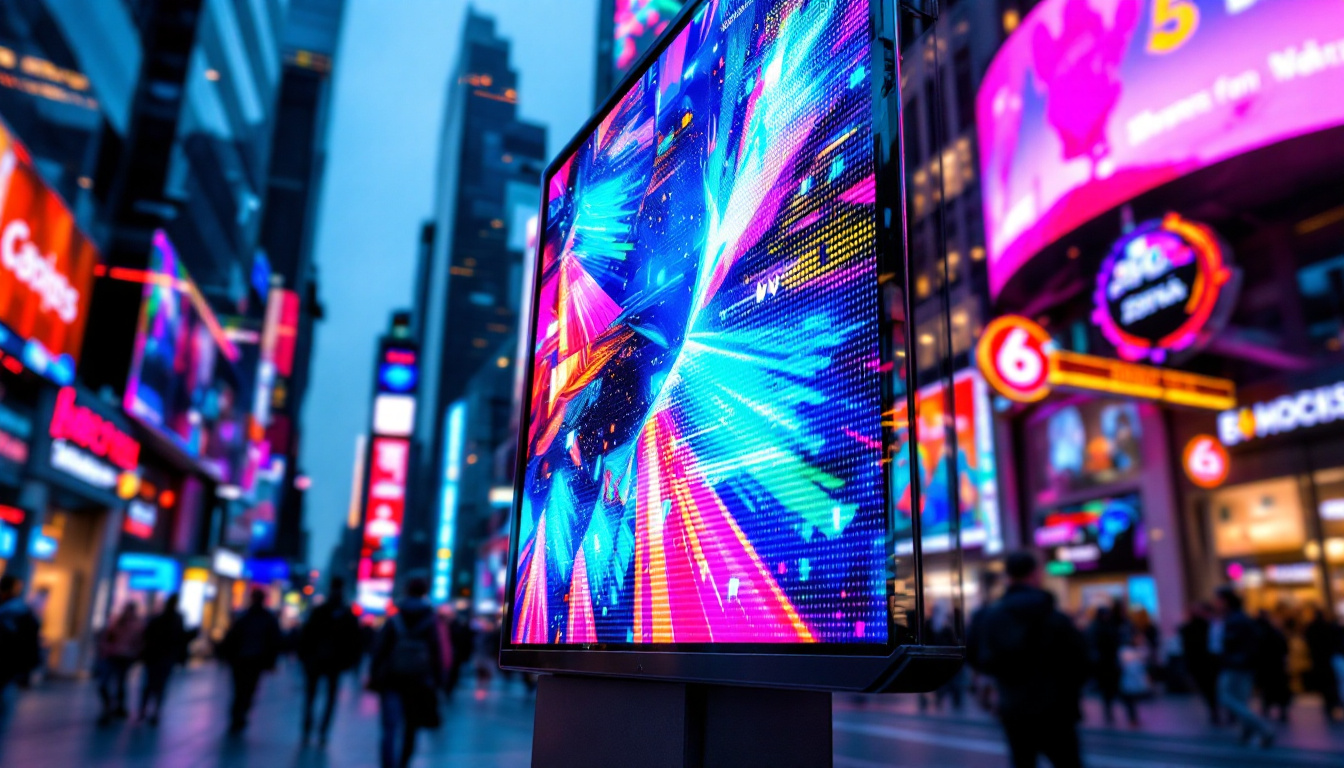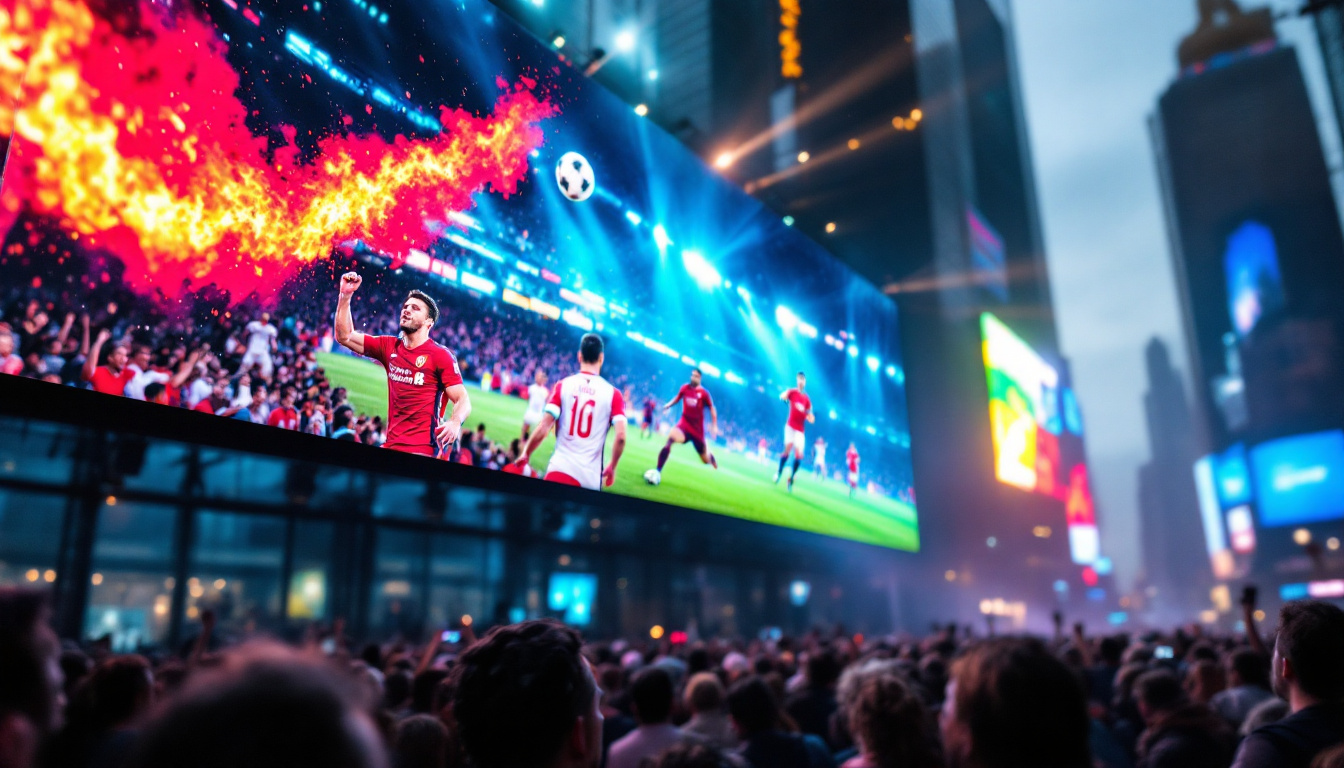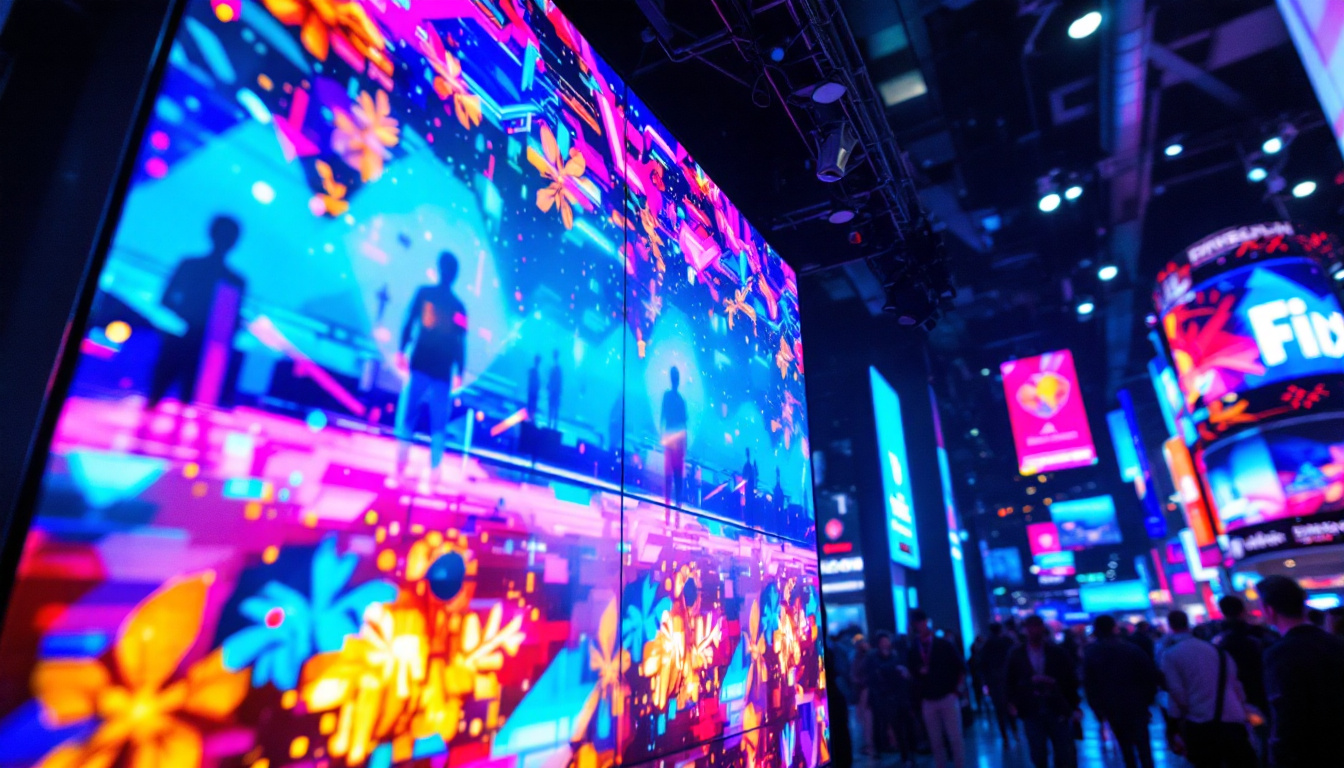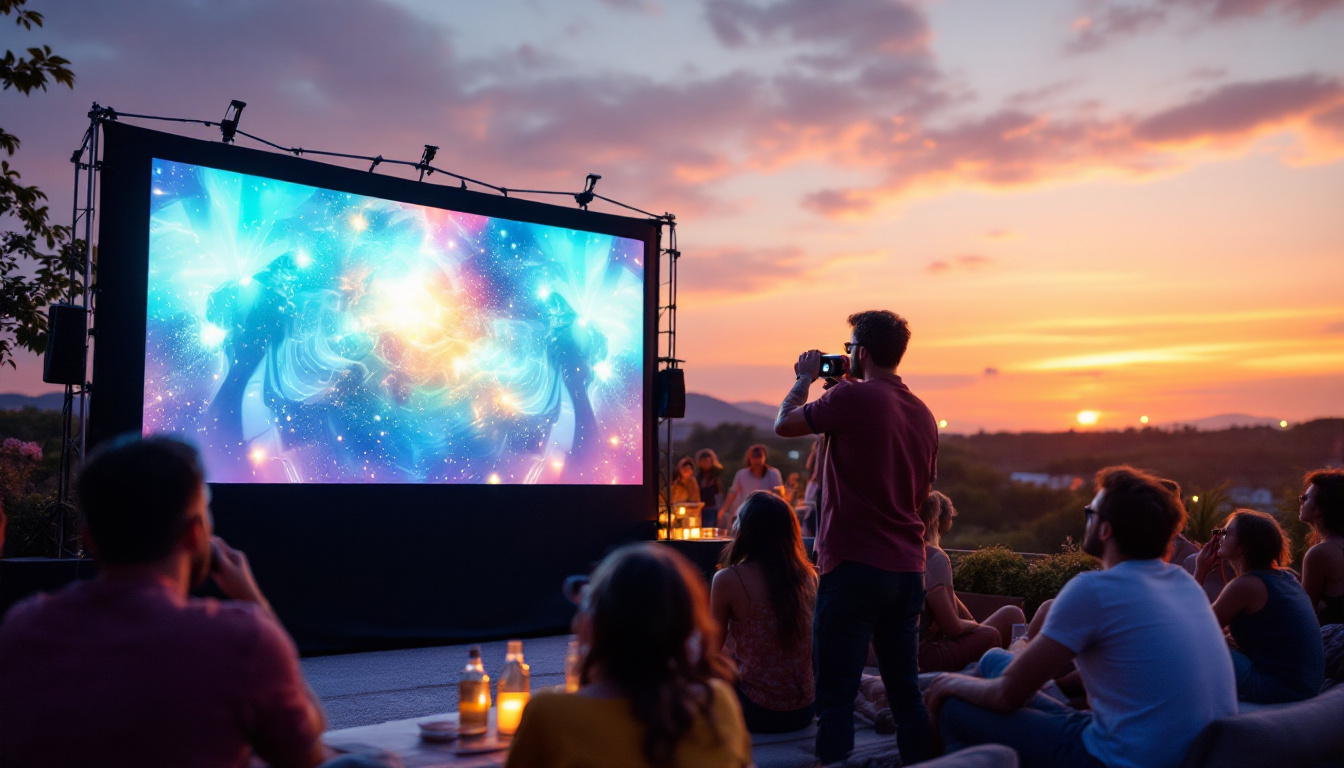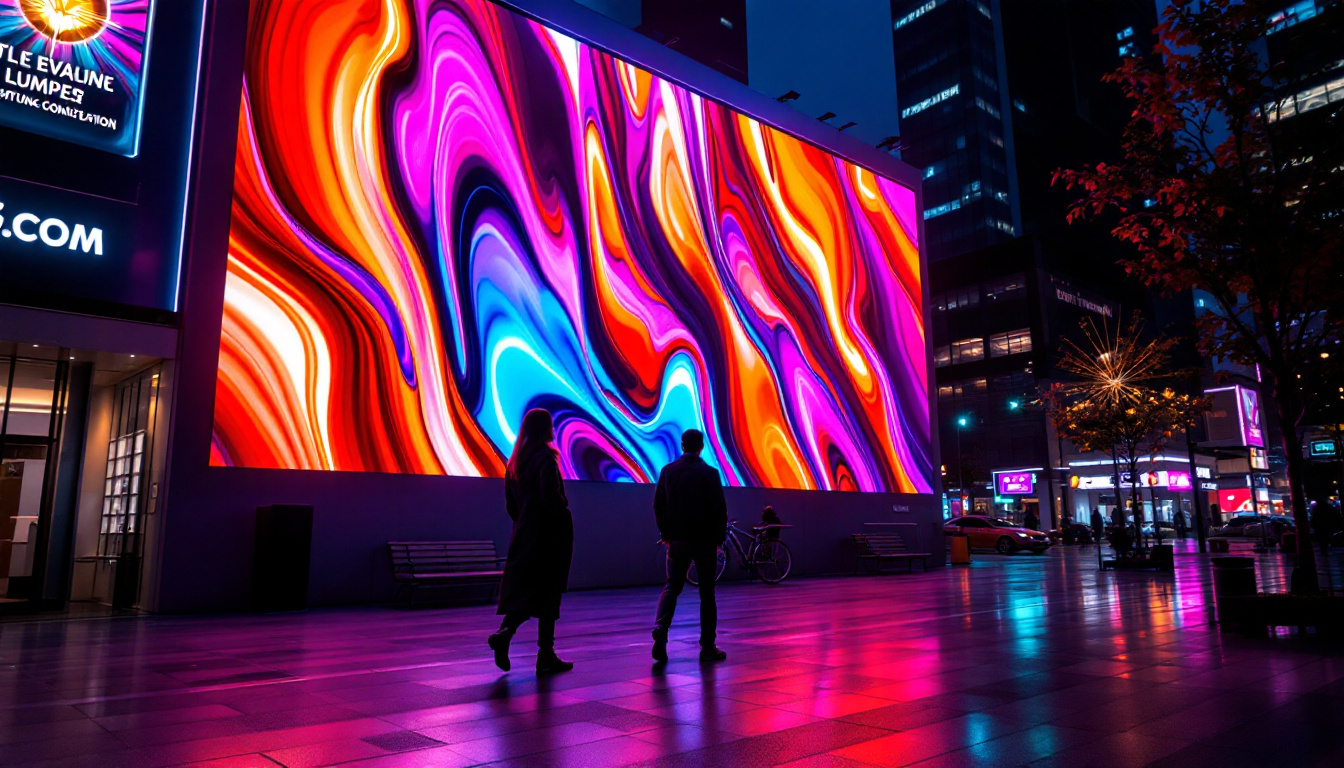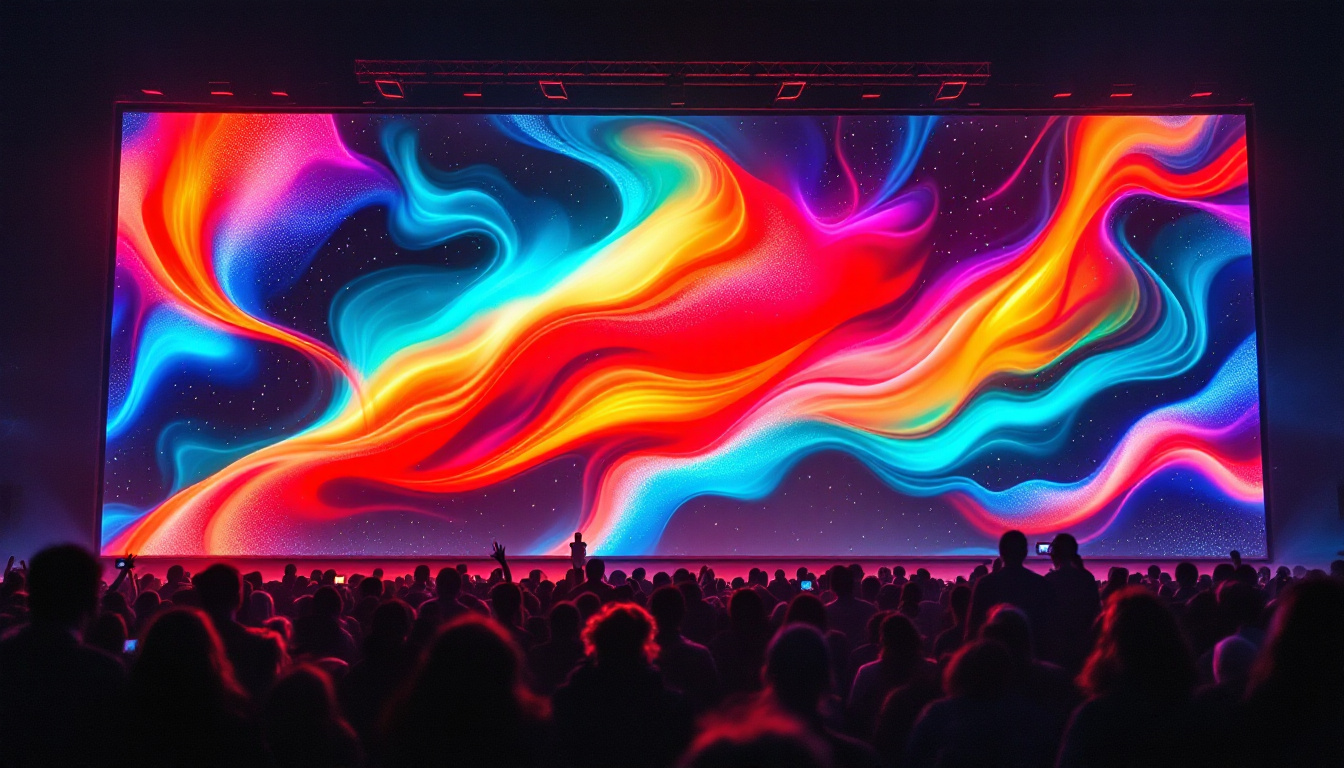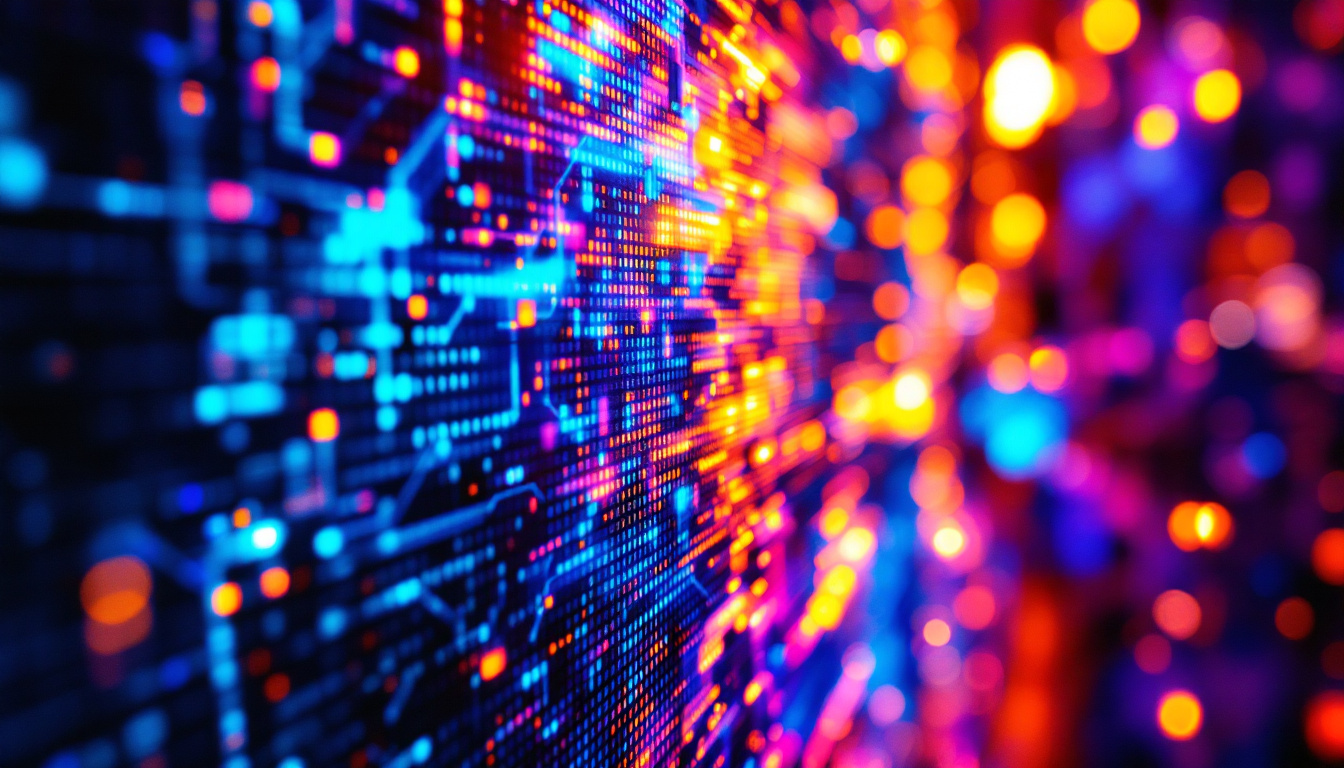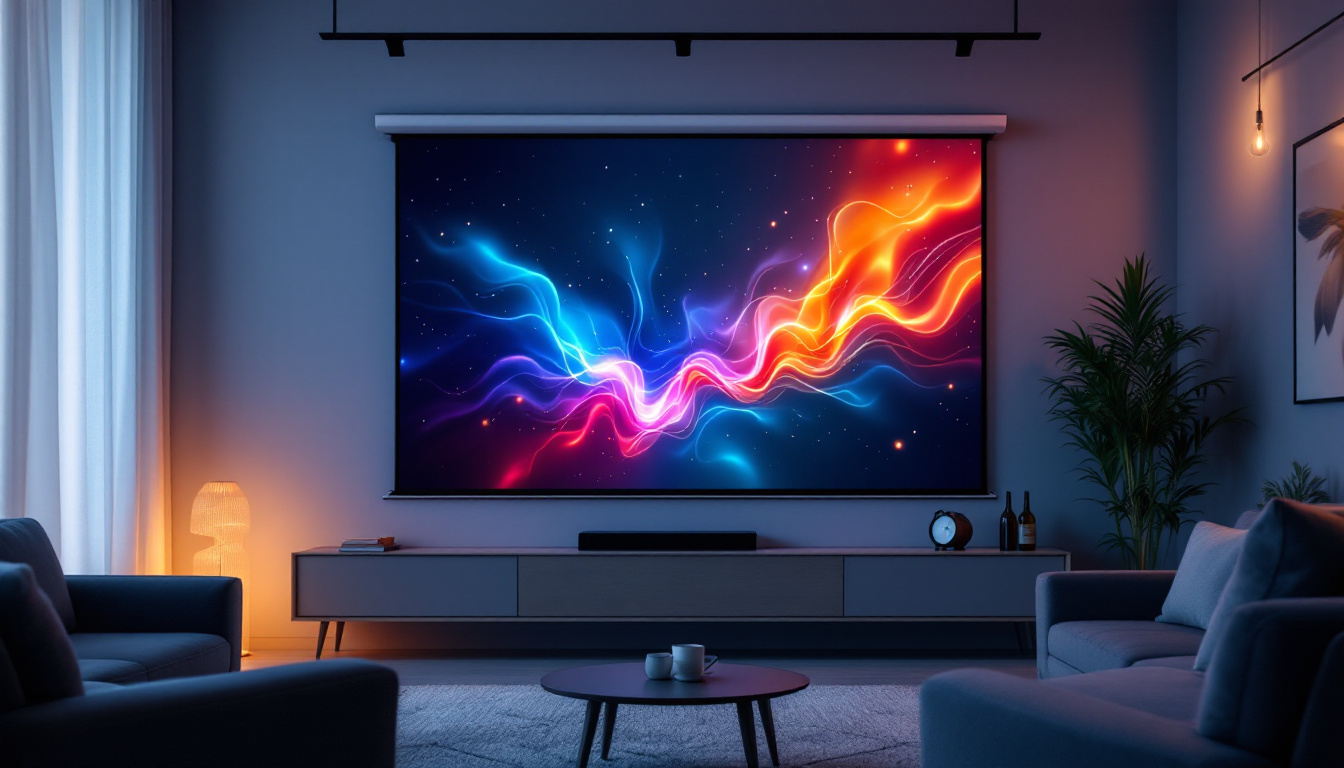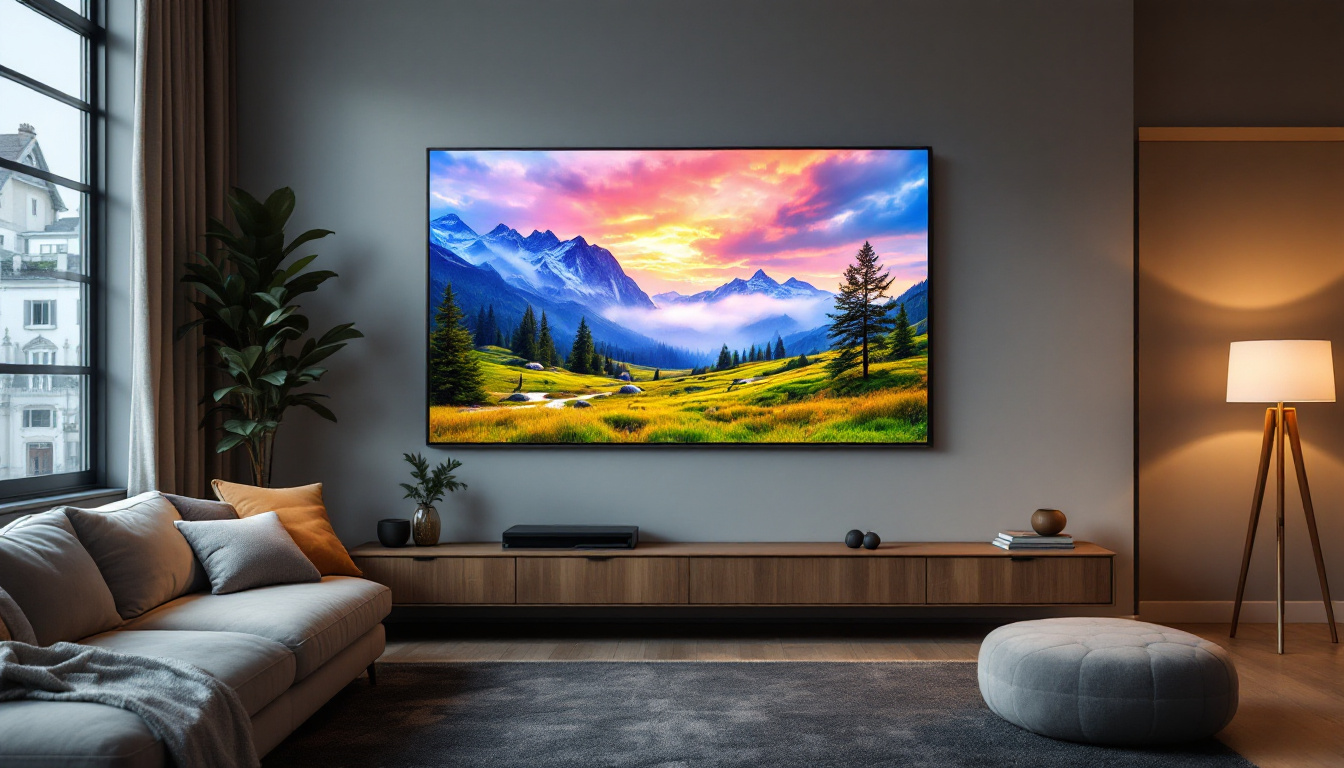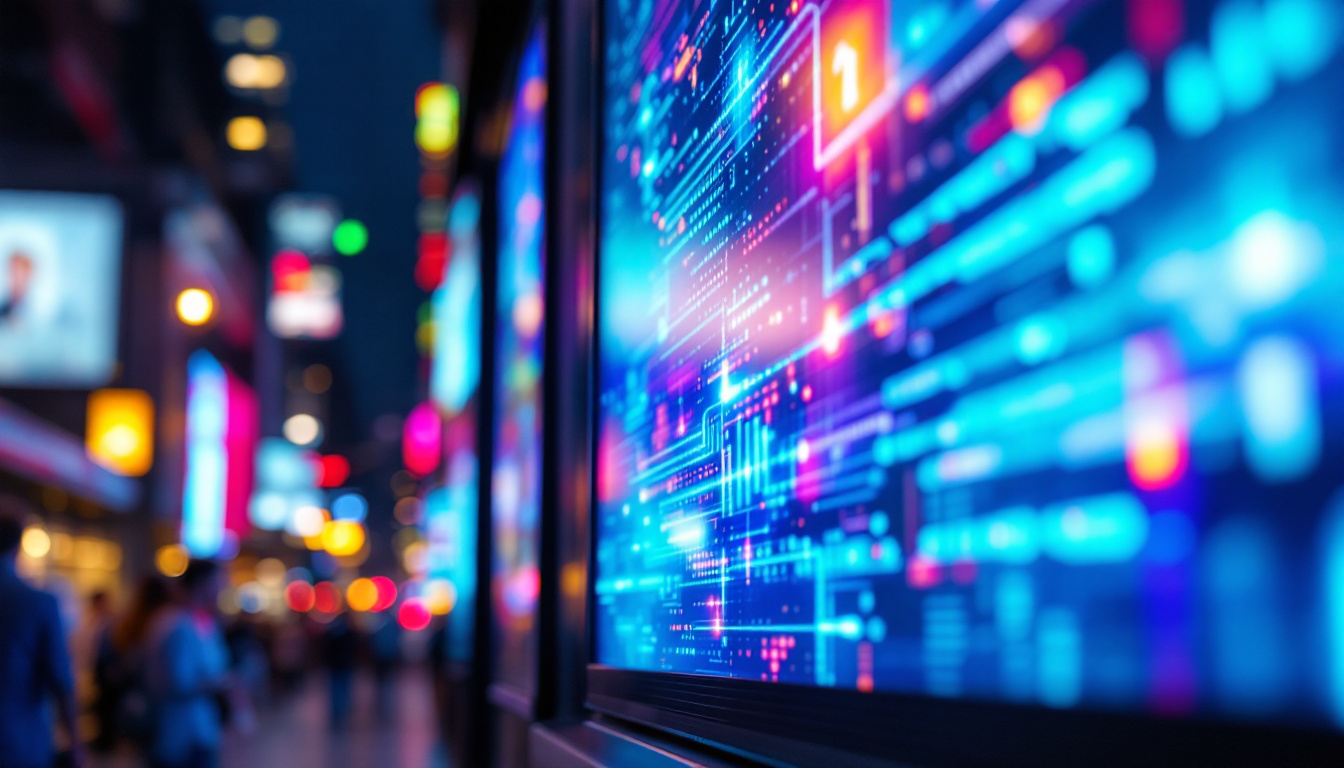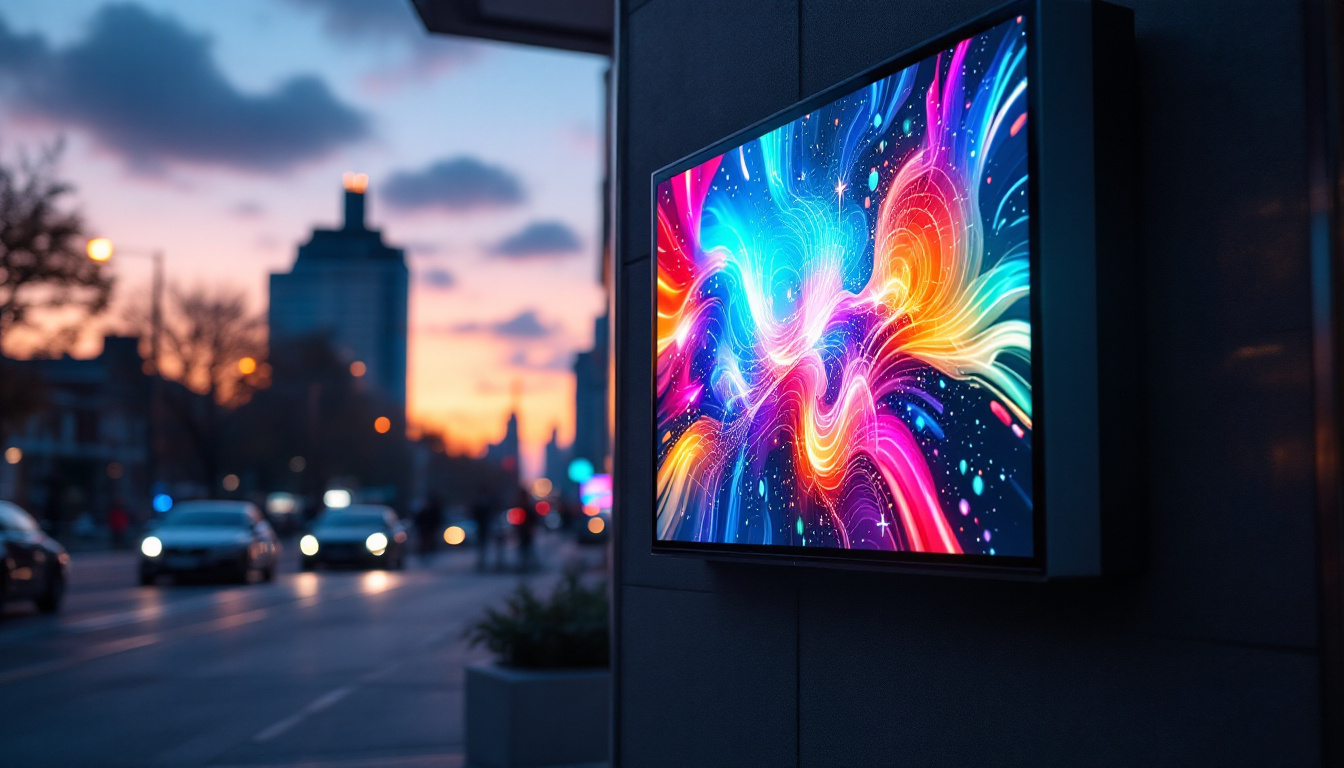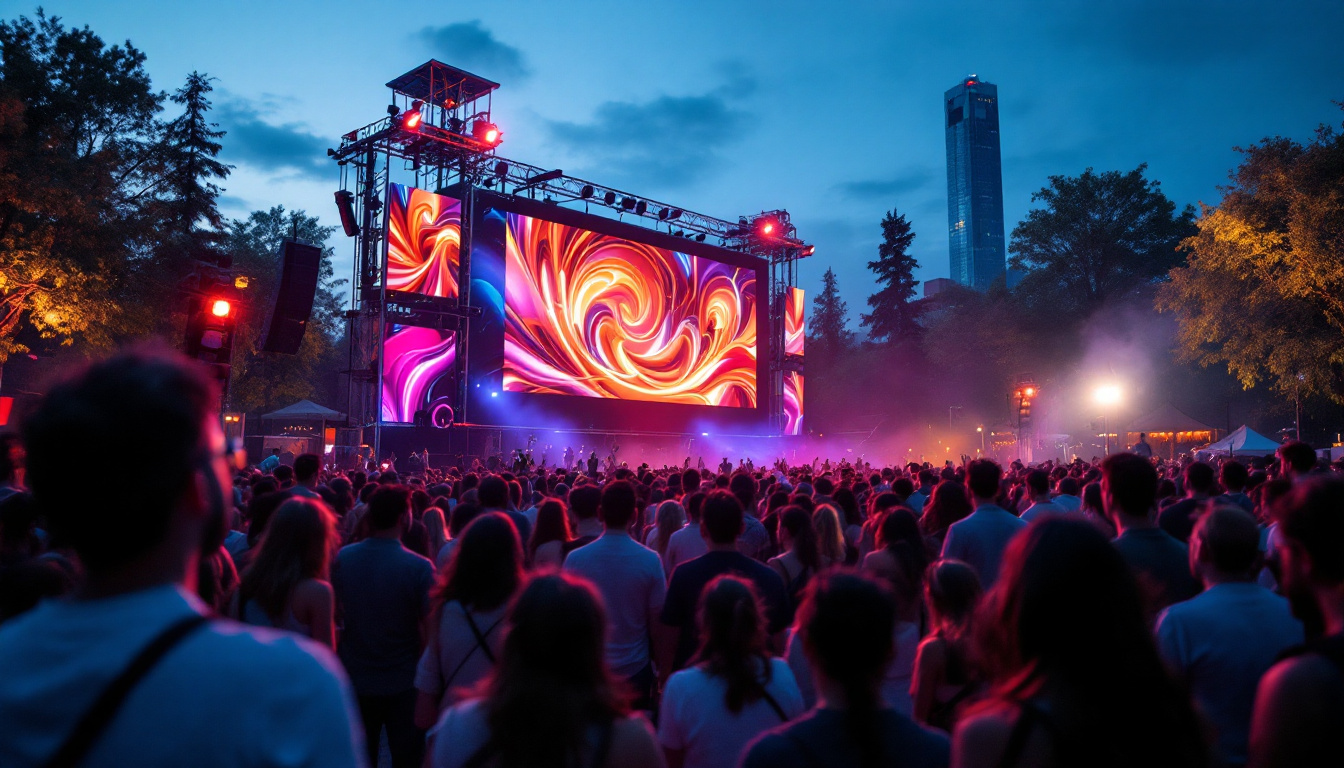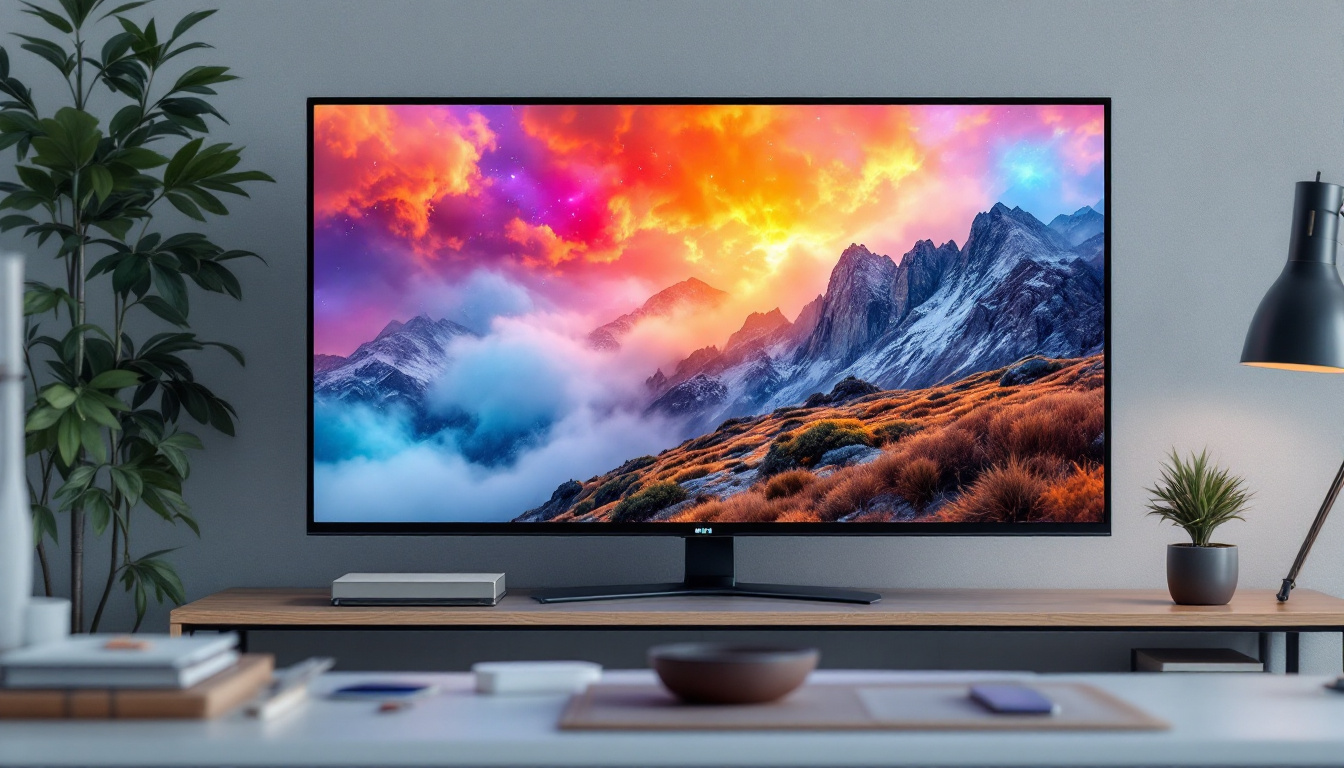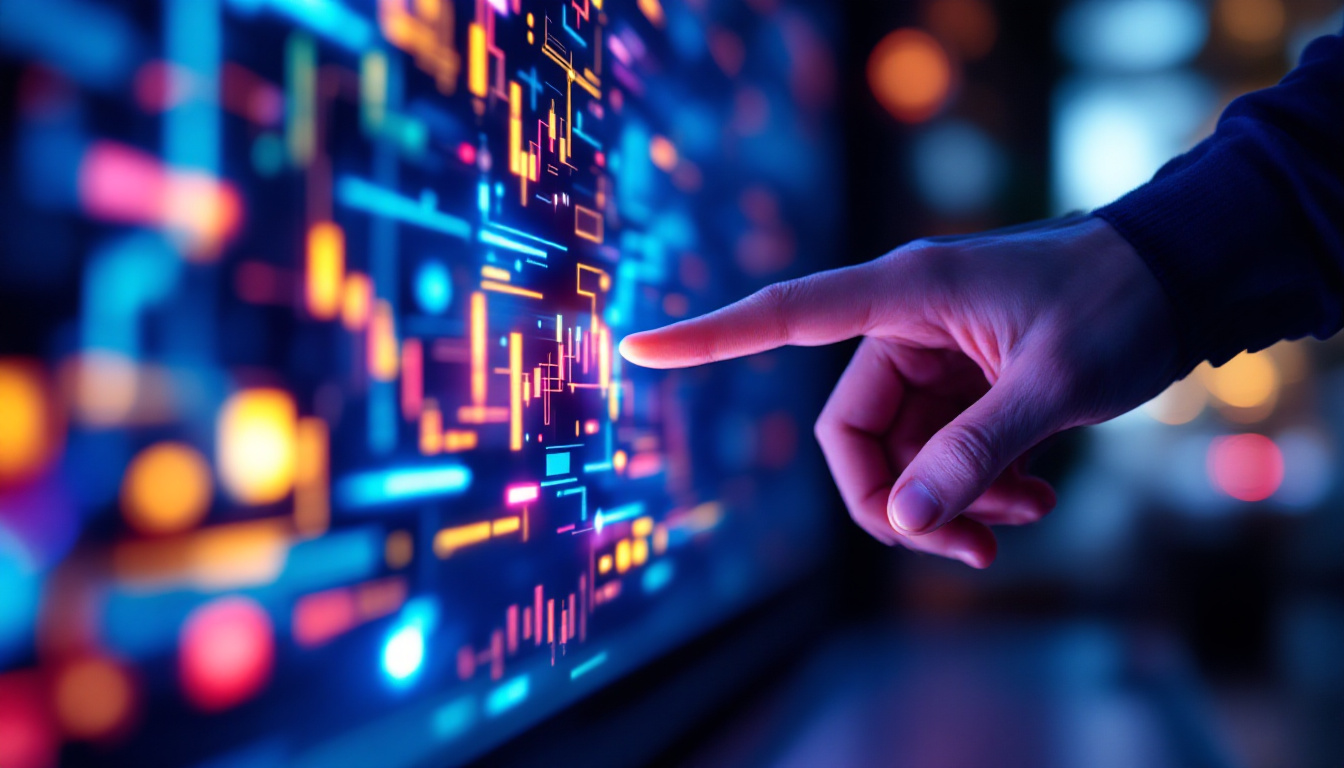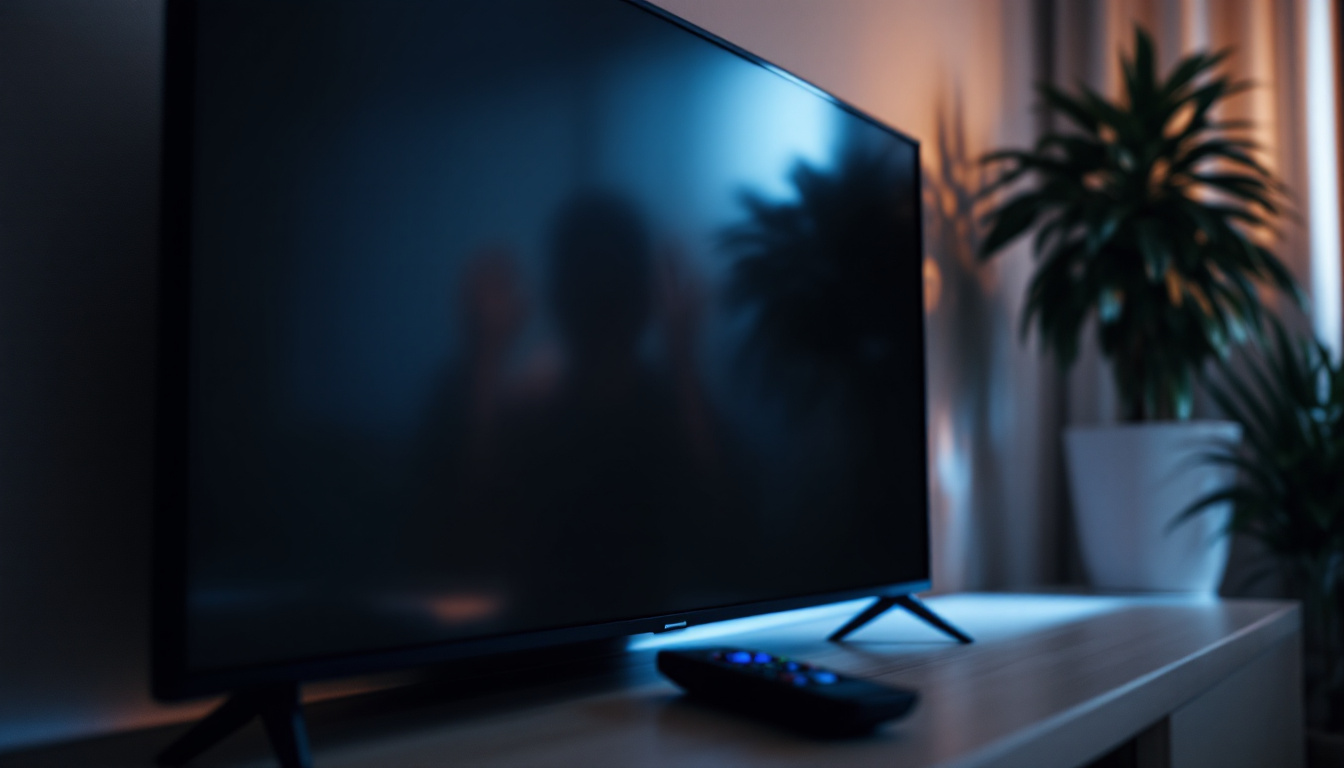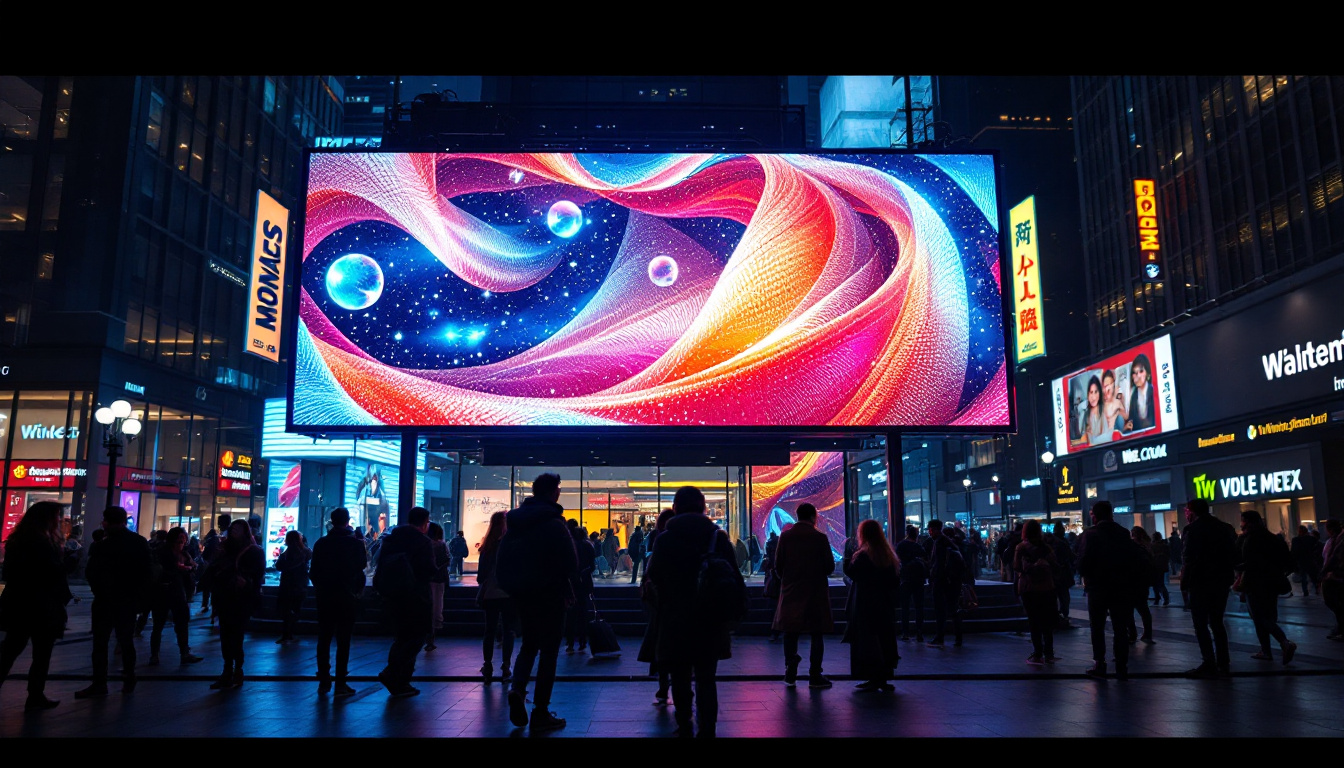The Beaverton 5K is not just a race; it’s a vibrant community event that brings together runners, families, and supporters from all walks of life. As technology continues to evolve, so too does the way events are organized and experienced. One of the most notable advancements in recent years is the use of LED displays. This article delves into the significance of LED displays in the Beaverton 5K, exploring their functionality, benefits, and impact on the overall event experience.
Understanding LED Displays
LED (Light Emitting Diode) displays have become a staple in modern event management, thanks to their versatility and effectiveness. These displays can serve various purposes, from providing real-time race information to enhancing the visual appeal of the event. Understanding how they work and their applications can shed light on their importance in events like the Beaverton 5K.
How LED Displays Function
At their core, LED displays consist of numerous small diodes that emit light when an electric current passes through them. This technology allows for vibrant colors and high brightness levels, making the displays easily visible even in bright daylight. The modular nature of LED screens means they can be configured in various sizes and shapes, catering to different event requirements.
In the context of the Beaverton 5K, these displays are often used to show essential information such as race timings, participant names, and sponsor logos. They can also broadcast live feeds of the race, allowing spectators to catch all the action in real-time.
Types of LED Displays Used
Different types of LED displays can be utilized during the Beaverton 5K, each serving a unique purpose. Common types include:
- Static LED Boards: These are typically used for displaying sponsor advertisements and race information. They are easy to set up and can be reused for future events.
- Dynamic LED Screens: These displays can show changing content, such as live race updates, countdowns, and social media feeds. Their ability to present real-time information keeps participants and spectators engaged.
- Mobile LED Trucks: For larger events, mobile LED trucks can be deployed to provide coverage across various locations. This flexibility ensures that everyone, regardless of their position on the course, can access critical information.
The Benefits of Using LED Displays
The integration of LED displays into the Beaverton 5K offers numerous benefits that enhance the overall experience for participants and spectators alike. From improved communication to increased engagement, these displays play a pivotal role in the event’s success.
Enhanced Communication
One of the primary advantages of LED displays is their ability to communicate information effectively. During the Beaverton 5K, real-time updates on race progress, weather conditions, and safety information can be displayed, ensuring that participants are well-informed throughout the event.
This level of communication is crucial, especially in a race setting where conditions can change rapidly. For instance, if there is a sudden weather alert, the LED displays can quickly relay this information, allowing participants to make informed decisions about their safety.
Increased Engagement
LED displays also serve to engage spectators and participants more effectively. By showcasing live race feeds, interviews with runners, and social media interactions, these displays create an interactive atmosphere that enhances the overall experience.
Moreover, the visual appeal of LED displays can draw in more spectators, creating a lively environment that encourages community participation. The excitement generated by seeing friends and family on the big screen can motivate runners to push their limits and perform at their best.
Brand Visibility for Sponsors
For sponsors, LED displays provide an excellent opportunity for brand visibility. By prominently featuring sponsor logos and advertisements, the Beaverton 5K can create a mutually beneficial relationship between the event and its sponsors.
As participants and spectators engage with the event, they are also exposed to the brands that support it. This exposure can lead to increased brand recognition and loyalty, making the event a valuable marketing platform for sponsors.
Implementing LED Displays at the Beaverton 5K
Implementing LED displays at the Beaverton 5K requires careful planning and coordination. From selecting the right type of display to ensuring proper installation, several factors must be considered to maximize their effectiveness.
Choosing the Right Display
The first step in implementing LED displays is selecting the appropriate type based on the event’s needs. Factors such as location, audience size, and budget will influence this decision. For example, a dynamic LED screen may be ideal for showcasing live updates, while static boards might suffice for sponsor advertisements.
Additionally, understanding the layout of the event is crucial. Displays should be positioned strategically to ensure maximum visibility for both participants and spectators. This may involve placing them at key points along the race route, at the start and finish lines, and in areas where crowds are likely to gather.
Installation and Setup
Once the right displays have been chosen, the next step is installation. This process typically involves securing permits, arranging for power sources, and ensuring that the displays are properly calibrated for optimal performance.
During setup, it is essential to conduct thorough tests to ensure that all components are functioning correctly. This includes checking the clarity of the visuals, the responsiveness of live feeds, and the overall stability of the display systems.
Training Staff for Operation
Effective operation of LED displays during the Beaverton 5K requires trained staff who can manage the technology and troubleshoot any issues that may arise. This training should cover everything from basic operation to emergency protocols in case of technical difficulties.
Having a dedicated team ensures that the displays run smoothly throughout the event, allowing for seamless communication and engagement with participants and spectators alike.
Challenges and Considerations
While the benefits of LED displays are substantial, there are also challenges and considerations that organizers must address. Understanding these challenges can lead to better planning and execution.
Weather Conditions
One of the most significant challenges faced by LED displays is adverse weather conditions. Rain, wind, and extreme temperatures can affect the performance and visibility of displays. To mitigate these risks, organizers should invest in weather-resistant equipment and have contingency plans in place.
Additionally, monitoring weather forecasts leading up to the event can help organizers make informed decisions about display placement and operation. In some cases, it may be necessary to adjust the setup to ensure the safety and effectiveness of the displays.
Technical Issues
Technical issues can arise unexpectedly, impacting the performance of LED displays. These issues may include power outages, connectivity problems, or software glitches. To minimize the risk of technical difficulties, organizers should conduct thorough pre-event testing and have backup systems in place.
Having technical support on-site during the event can also help address any issues quickly, ensuring that the displays continue to function effectively throughout the race.
Cost Considerations
While LED displays offer numerous benefits, they also come with associated costs. Budget constraints can limit the type and number of displays that can be utilized. Organizers should carefully assess their budget and explore options for sponsorship or partnerships to offset costs.
Investing in high-quality displays may require a higher initial expenditure, but the long-term benefits, including enhanced participant experience and increased sponsor visibility, can justify the investment.
The Future of LED Displays in Events
The future of LED displays in events like the Beaverton 5K looks promising. As technology continues to advance, the capabilities of LED displays are expected to expand, offering even more opportunities for engagement and interaction.
Integration with Mobile Technology
One exciting trend is the integration of LED displays with mobile technology. This can include features such as QR codes that allow participants to access real-time race information on their smartphones or interactive displays that enable spectators to engage with the event through their devices.
This level of integration can enhance the overall experience, making events more interactive and engaging for all involved. As mobile technology continues to evolve, the possibilities for integrating it with LED displays are virtually limitless.
Enhanced Visual Experiences
Future LED displays are also likely to feature enhanced visual capabilities, including higher resolutions and more vibrant colors. This advancement will improve the overall aesthetic of events, creating a more immersive experience for participants and spectators alike.
Moreover, as virtual and augmented reality technologies become more mainstream, the potential for combining these technologies with LED displays could lead to entirely new event experiences. Imagine a race where participants can see virtual markers or challenges displayed on LED screens along the route, enhancing their motivation and engagement.
Sustainability Considerations
As sustainability becomes a more pressing concern, the future of LED displays will also likely focus on eco-friendly practices. This could involve using energy-efficient displays, implementing recycling programs for outdated technology, and sourcing materials responsibly.
By prioritizing sustainability, events like the Beaverton 5K can not only enhance their technological offerings but also contribute positively to the environment and community.
Conclusion
The integration of LED displays into the Beaverton 5K represents a significant advancement in how events are organized and experienced. From enhancing communication and engagement to providing valuable visibility for sponsors, the benefits of LED technology are undeniable.
As the event continues to evolve, embracing these technologies will be essential for creating memorable experiences for participants and spectators alike. By addressing the challenges and considering future trends, the Beaverton 5K can set a benchmark for other events, showcasing the power of innovation in community engagement.
Ultimately, the Beaverton 5K is not just a race; it is a celebration of community, health, and technology. The role of LED displays in this celebration highlights the importance of adapting to new advancements and enhancing the overall experience for everyone involved.
Illuminate Your Next Event with LumenMatrix
Ready to elevate your event experience with the vibrant, dynamic world of LED displays? Discover how LumenMatrix, a leader in innovative LED display technology, can transform your event with captivating visuals and interactive solutions. From Indoor and Outdoor LED Walls to specialized LED Sports Displays and beyond, LumenMatrix offers a wide range of products designed to engage your audience and amplify your message. Don’t just take our word for it; check out LumenMatrix LED Display Solutions and see how you can create an unforgettable visual experience for your next event.

